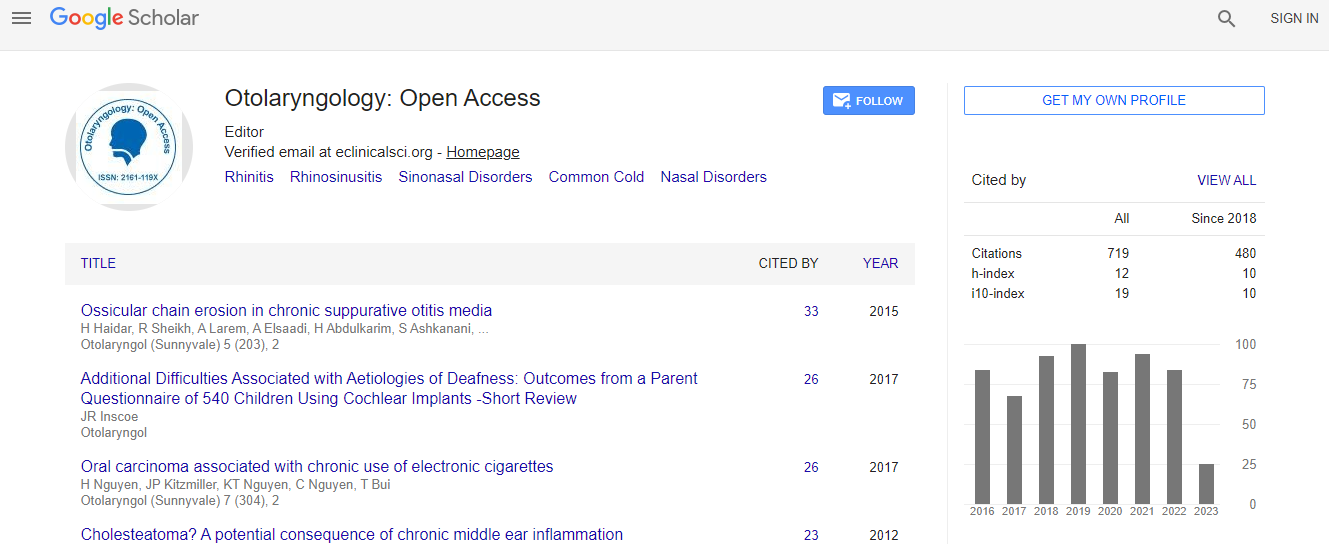The recalcitrant ranula-a new management approach
*Corresponding Author:
Copyright: © 2020 . This is an open-access article distributed under the terms of the Creative Commons Attribution License, which permits unrestricted use, distribution, and reproduction in any medium, provided the original author and source are credited.
Abstract
A plunging ranula is a pseudocyst that develops from the sublingual salivary glands, extending through the mylohyoid muscle into the submandibular region. The gold standard treatment is excision of the sublingual gland, the source of saliva. For recurrent plunging ranulas, residual salivary gland tissue is difficult to identify. We describe the use of Prostate Specific Membrane Antigen (PSMA) Positron Emission Tomography (PET) to identify residual salivary tissue causing recurrent ranula.
Aim
To illustrate the surgical management of plunging ranulas and demonstrate PSMA PET scanning to identify persistent salivary tissue that has caused treatment failure.
Methods
A retrospective review of the surgical management of three plunging ranula cases illustrating the techniques and outcomes and an approach to failed treatment.
Results
Case 1
A case of plunging where the ranula sac and gland was resected entirely intact.
Case 2
A case where intraoral sublingual gland excision collapsed the pseudocyst with no recurrence.
Case 3
A case of plunging ranula that had recurred despite six resections. PSMA PET scanning identified residual salivary tissue. Targeted intra-oral excision of floor of mouth was performed. Histological analysis confirmed salivary gland parenchyma in the sample.
Conclusion
Removing both the sublingual gland and ranula sac will avoid the risk of recurrent ranula, however this is not often possible. Excision of the salivary gland alone, the source of saliva, will collapse the pseudocyst. In recurrent plunging ranulas where residual salivary tissue is difficult to identify, PSMA PET scanning can be successful in locating residual tissue for targeted excision.

 Spanish
Spanish  Chinese
Chinese  Russian
Russian  German
German  French
French  Japanese
Japanese  Portuguese
Portuguese  Hindi
Hindi 
